
In celebration of Spectroscopy’s 35th Anniversary, leading spectroscopists discuss important issues and challenges in analytical spectroscopy.

In celebration of Spectroscopy’s 35th Anniversary, leading spectroscopists discuss important issues and challenges in analytical spectroscopy.

In celebration of Spectroscopy’s 35th Anniversary, leading spectroscopists discuss important issues and challenges in analytical spectroscopy.

In celebration of Spectroscopy’s 35th Anniversary, leading experts discuss important issues and challenges in analytical spectroscopy.

In celebration of Spectroscopy’s 35th Anniversary, leading experts discuss important issues and challenges in analytical spectroscopy.
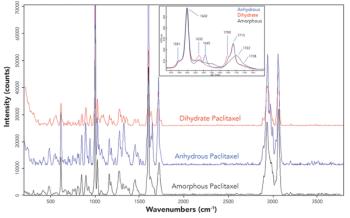
Raman spectroscopy and imaging techniques are well suited for the characterization of surfaces, interfaces, and coatings to support research, development, and manufacturing of medical devices. Here, we describe applications in surface modifications and coatings, differentiation of drug polymorphs, degradation of biomaterials, and forensic identification of unknown materials.
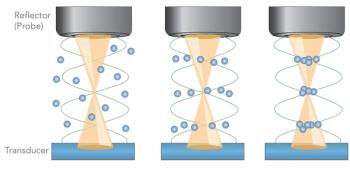
Of the 78 million tons of plastic packaging manufactured every year, approximately one-third ends up in the ocean, the air, and most foods and beverages. To monitor the proliferation of these plastics, an ultrasonic capture method is demonstrated that produces a 1500-fold enhancement of Raman signals of microplastics in water.
![[1].jpg](https://cdn.sanity.io/images/0vv8moc6/spectroscopy/a2dab742ea2699afc0b9759d147265b91dbef0bf-415x60.jpg?w=350&fit=crop&auto=format)
Raman spectroscopy is proving to be a powerful technique for characterizing the structural and morphological properties of nanopowders. Specifically, Raman spectroscopy can provide details of the grain size and thickness of titanium dioxide (TiO2) nanopowder films. These measured film properties affect the efficiency of photovoltaic devices, such as solar cells, and also the effectiveness of nanopowders in catalysis applications.
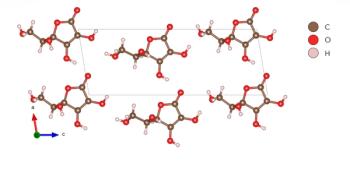
A Raman study of vitamin C, also known as ascorbic acid, is conducted at high pressure to determine phase changes and crystal symmetry through spectral interpretation.

The SERS signal arises from the combination of the number of molecules, the polarizability or cross-section of the molecule, and the electric field experienced by the molecules. Understanding how these variables interact to generate the SERS response is the key to applying SERS accurately.
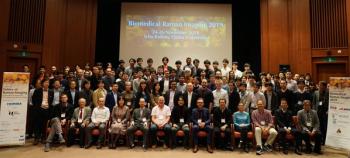
Recent technical advances in biomedical Raman imaging pave a way to its application in the biomedical fields, where morphological information of samples provides rich information. A recent technical conference in Osaka, Japan, explored these developments.
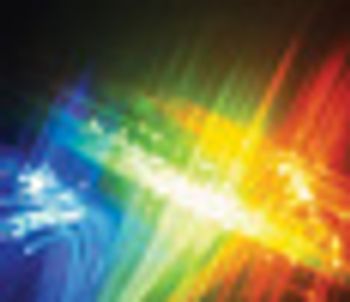
Raman imaging provides detailed crystal orientation information for two-dimensional MoS2 prepared by chemical vapor deposition on silicon substrates. These two-dimensional crystals consist of individual atomic layers of sulfur, molybdenum, and sulfur atoms.
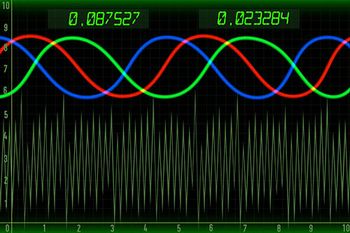
The Raman Terminology Guide you now have before you is a comprehensive set of definitions for topics of interest to molecular spectroscopists and those specifically using Raman spectroscopy in their daily work. This guide includes the types of Raman spectroscopy techniques and many terms related to the applications of Raman spectroscopy instruments. This terminology guide includes definitions for more than 250+ molecular spectroscopy terms in sufficient detail to provide readers with a reasonable understanding of the concepts covered.